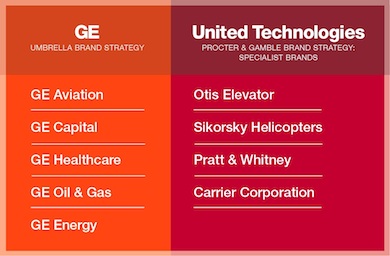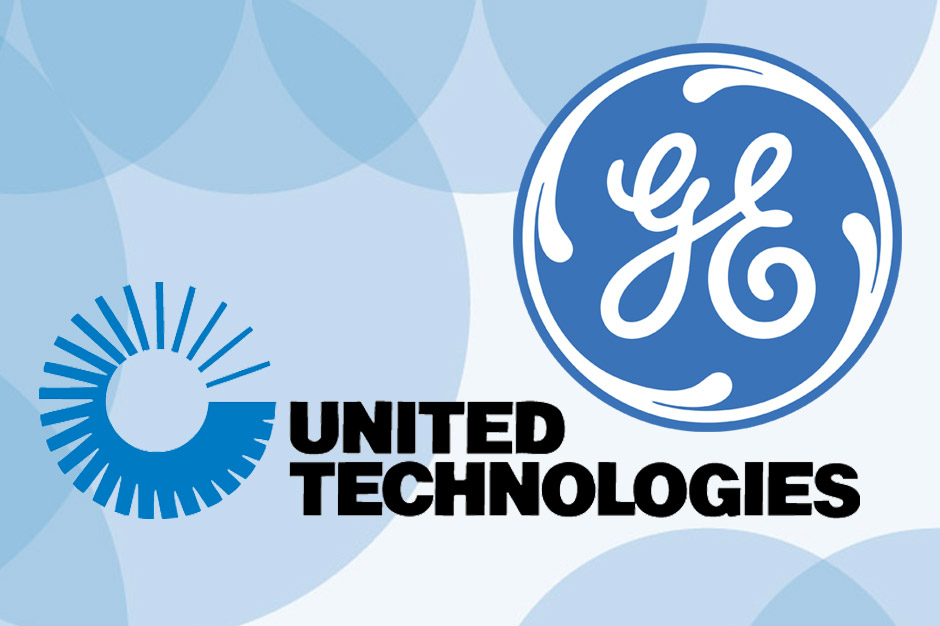In talks I deliver on the topic of positioning, I often make an offer that elicits a great response from the audience. After defining and proving by numerous examples that a brand can only stand for one positioning idea, I announce I'll shell out $100 to anyone who can name a brand that is number one or two in its category while also standing for two disparate positioning ideas.
The brand most proclaimed is Apple. They say, "Apple has several successful products in pole positions." I say, that's true. Then I ask, "What positioning idea does Apple own in the mind of the prospect or customer?" Is it the product? Is it the computer? Is it the MP3 player? The smartphone? No. The idea Apple owns in our minds is not the product, but rather an attribute. Apple owns the positioning idea around "cool and innovative design." Therefore, Apple can line extend into several product categories as long as the products are aligned around the positioning idea that the brand owns in our minds.
Another common response is to name a well-known conglomerate such as Sony or Yamaha, GE, LG or Toshiba - all seemingly quite successful. Let's take a closer look at two conglomerates with two very different branding strategies and financial results.


GE got into everything and sold all products under one brand (GE), which is the GE way - GE Aviation, GE Capital, GE Healthcare, GE Oil & Gas and GE Energy, to name a few. A counterpoint to GE is United Technologies. Both are very similar, multi-national conglomerates. The difference is United Technologies built strong brands - Otis Elevator, Sikorsky (helicopters), Pratt & Whitney (aircraft engines), Carrier Corporation (air conditioners) and so on.
United Technologies' brand strategy is classic Procter & Gamble. Instead of attaching its name (brand) to a bunch of non-related products, as GE does, it brands each of its product lines separately. That is the difference.
The numbers.
Over the last dozen years, GE's stock is 33 percent lower with a total return of zero, and that includes dividends! During that same period, United Technologies is up around 200 percent.
Both GE and United Technologies have similar access to capital, talent, markets and just about anything a conglomerate could want. While it's true that other factors do impinge on these businesses, it would be foolhardy to discount the powerful effects of positioning. The obvious difference is the diametrically opposed brand strategies. Marketing history is on the side of United Technologies.
Focused brands sell more products at higher prices, generating better shareholder returns. So has anyone ever won my $100 challenge? Let's just say I still have that Ben Franklin in my pocket.
Innis Maggiore Case Study


Regional Cable Company, MCTV - Differentiating for Market Dominance
Darwinian dynamics are alive and well in the Cable TV andInternet market. Disruptive technology has resulted in crazed competition. Take the pending Comcast/Time-Warner merger. If the merger happens, the new conglomerate would control access to more than 30 million subscribers - six times that of its nearest competitor. As the few get stronger, pressure intensifies for regional players. Those who adapt will survive. Those who don't, won't. It's truly a game of "Differentiate or Die!"
Not one to watch from the sidelines, Bob Gessner, president of MCTV (formerly Massillon Cable TV), set out to re-calibrate his company's strategy for differentiation. The main consideration for the new positioning was the strength of competitive positions in MCTV's market area. For smaller players such as MCTV, the key is to find an inherent weakness in the competitor's strength and attack at that point. The inherent weakness of AT&T, MCTV's latest aggressor, is its size (as in super-size). AT&T's scale begets a "utility" mindset, and this in turn, begets poor customer service. Exploiting this inherent weakness, Innis Maggiore helped position MCTV as opposite AT&T - an un-utility service company committed to "go the extra smile" for its customers.
Will MCTV's new strategy prove attractive to customers? Yes. For three reasons. One, people mistrust big companies and naturally look for alternatives. Two, it's unlikely good customer service will go out of fashion. And three, creating smiles is the new Job No.1 at MCTV - making this position terrifically good news for customers and terribly bad
news for the AT&Ts of the world.
Ain't positioning fun?
Dick Maggiore is Innis Maggiore's President & CEO.



